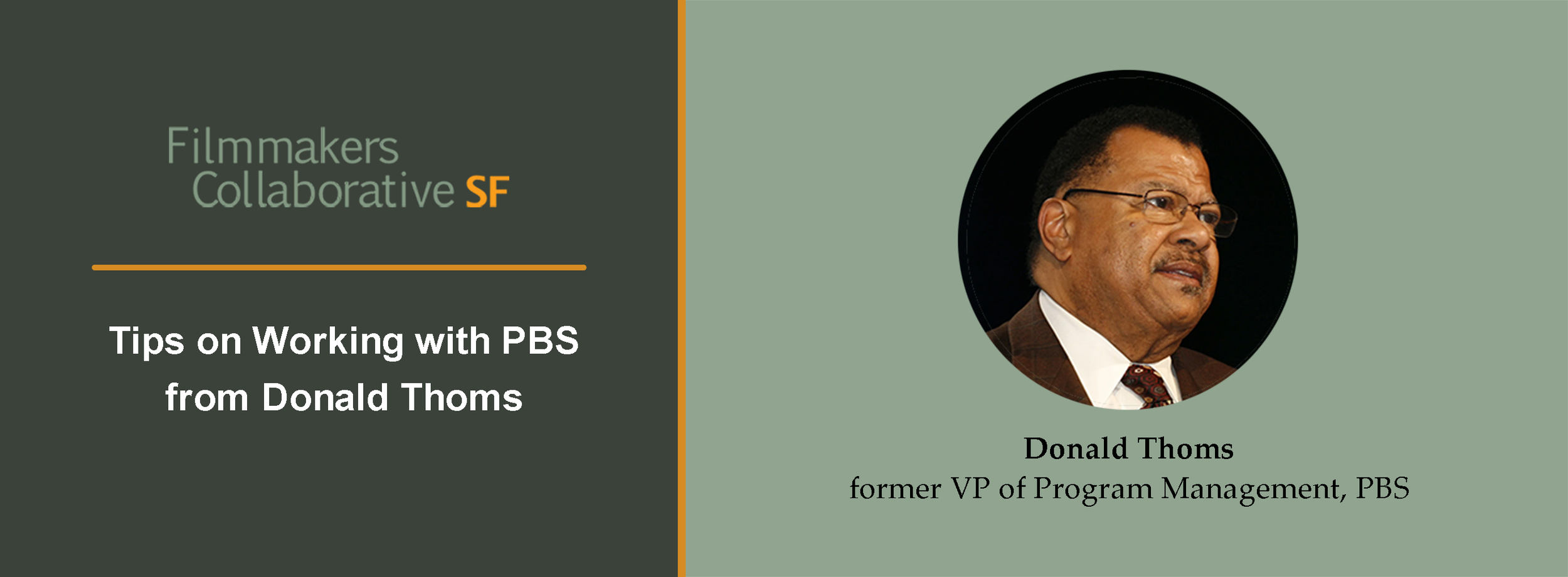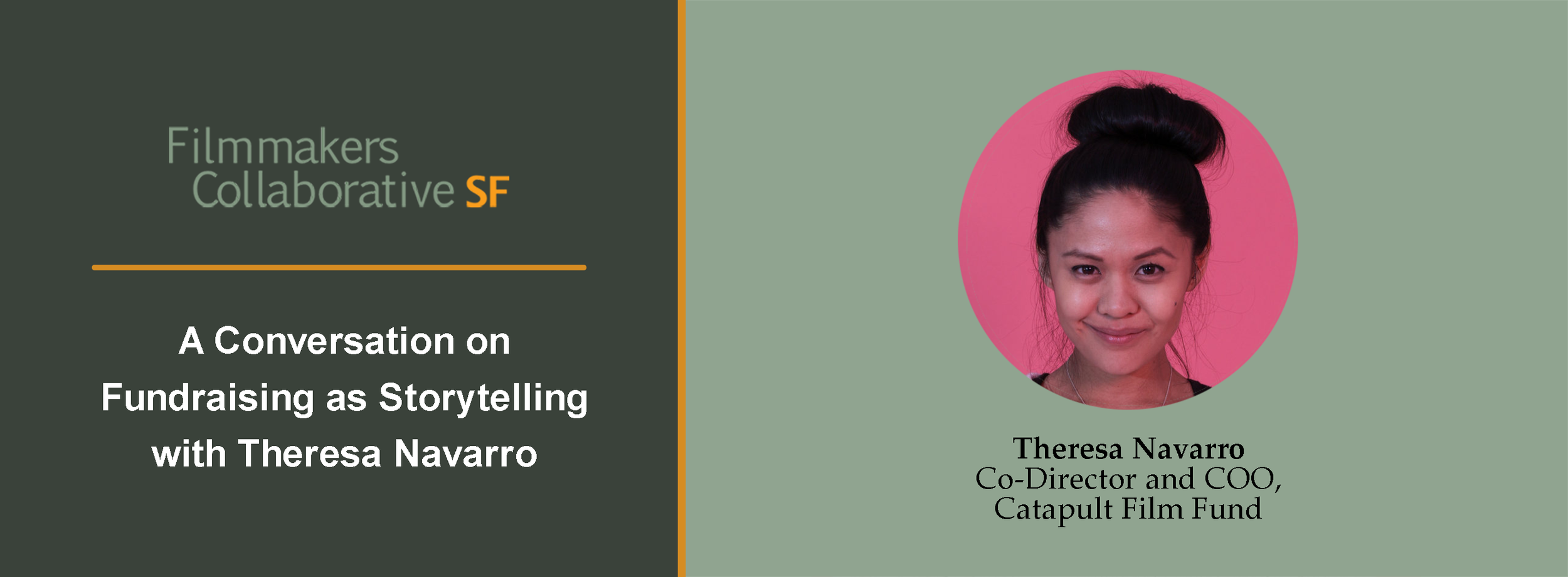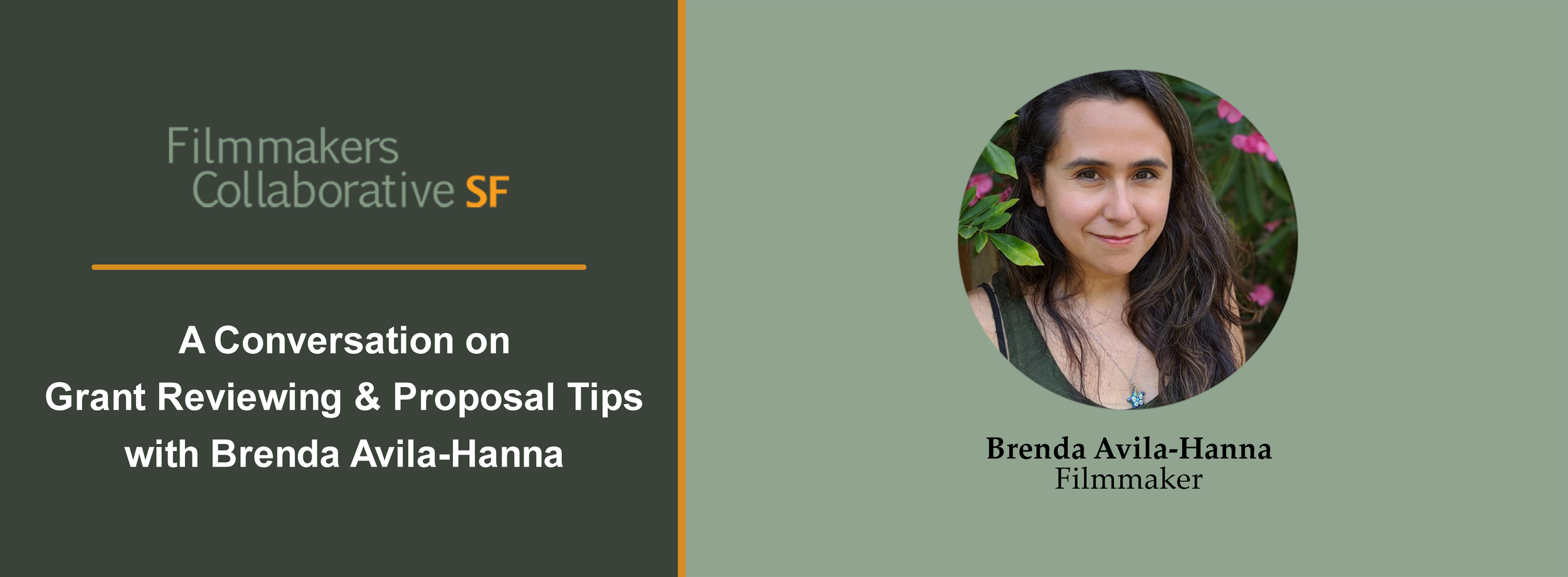A Conversation with Educational Distributor, Video Project
“You could have 10,000 people watch your film on a streaming platform and the monetization you receive from that may be pretty scant relative to one or two educational license sales.”
- Arlin Golden, Director of Operations, Video Project
Video Project is a nonprofit documentary distribution organization that specializes in educational media distribution to advance awareness and encourage action on the critical issues of our times.
We spoke with Michael Kuehnert, Director of Acquisitions, and Arlin Golden, Director of Operations, who manage the organization together to learn about their approach to distribution, how it’s been affected by COVID, and their advice for filmmakers navigating the myriad of options in the distribution marketplace.
In full disclosure, Kevin has recently joined the Board of the Directors for Video Project.
Video Project recently transitioned to being a non-profit. How has that affected how you work with filmmakers?
Arlin: When the Video Project was originally founded, it was as a nonprofit, so we're returning to our roots. We had begun to explore more impact campaigns and campaigns in general where we were doing fundraising. To support those efforts it always required that we needed a fiscal sponsor, so by being our own fiscal sponsor essentially, we can do this work directly and move forward without the extra coordination. I think I've seen no drawbacks about it. It's allowed us to go deeper with our films and reach more people with our films.
Michael: For the right films, we are able to talk about the potential of raising money to provide free resources to public K-12 schools, both for classroom use and professional development. Especially for films addressing current issues such as equity, diversity and inclusion at the cross section of education. It’s much more streamlined as a nonprofit to be able to write grants to get these films seen in those places.
What other benefits can a filmmaker have from going with a non-profit distributor?
Arlin: With being a non-profit, very little has changed in our day to day operations. We're still dependent on film sales and making money for our filmmakers. If we don’t have that, we’re not in operation. I see it as we’re on the same level as a for-profit distributor, just with added opportunities that a for-profit isn't able to do on their own directly. I think that might be a common misconception in the film community about nonprofits — you're either not there to make a profit or you don't have to sell my film because you have other revenue streams. That’s not the case, we're here to support our filmmakers, help them get their work out there, and continue to be able to do their work.
Michael: I think there is added benefit for impact campaigns because in some cases we recognize that there’s potential beyond the traditional channels. A successful campaign will expand sales opportunities for the film, and the potential for speaking engagements.
Can you explain non-theatrical distribution and the markets you reach with your films?
Arlin: The type of educational distribution we undertake might be more accurately classified as "non-theatrical" meaning that in addition to schools and libraries, we also provide films to local nonprofits, government institutions, NGOs, community organizations, conferences, pretty much anywhere you could publicly screen a film outside of a movie theater.
Michael: This also includes VOD platforms, broadcasters or Pay TV stations. In our general course of business we market directly to educational institutions (University, College & K-12) and many of the other types of non-theatrical entities, and indirectly to airlines through a partner.
Arlin: We've also had great success doing community screening campaigns where local activists use film screenings as a tool to galvanize communities around a particular topic.
Can you explain “sequencing” distribution of a film to maximize audience, impact, and revenue?
Arlin: Distribution sequencing, also known as "windowing", is a critical component of any film's plan to get out into the world. Typically the first step is during production and pre-production, determining if there's interest from any of the major media channels and platforms. For the vast majority of independent documentarians it will be tough to get their attention.
Michael: We usually recommend that a filmmaker start distribution with educational sales, including DVD, digital site license and streaming. The sales can begin during the film festival run, in order to maximize the event marketing opportunities. We do make exceptions and hold back distribution in the case that the filmmaker has a theatrical release, broadcast deal or large SVOD deal. And broadcast can work well to help market the film, assuming the streaming rights are minimized.
Arlin: Film festivals are also a great opportunity to generate screening interest, so it's generally best if you can have an educational/non-theatrical option in place during your festival run in order to leverage that immediate interest as best you can; we commonly say "screenings beget screenings".
Michael: But once a film is available on VOD streaming platforms, it is much more difficult to sell to educational institutions. Our biggest educational sales success occurs when the film is held back from VOD for at least a year. And we find that if the filmmaker does not have a great VOD marketing plan, that VOD sales will usually disappoint.
Arlin: Yes, I would say the #1 misconception we regularly have to advise against is a rush to consumer streaming. If you can get a large up-front license deal from a major broadcaster or SVOD platform then that's terrific, but if that isn't the case, then you're essentially taking both increased revenue and engagement off the table by going to VOD too quickly, as that placement and audience will always be there, but the opportunity for success in this broad non-theatrical realm virtually disappears once a film can be rented and watched at home for $1.99.
What other things should filmmakers think about when approaching distribution?
Michael: 1) Is their goal to monetize the film, or have maximum eyeballs on the film, or both? 2) Do they want to approach hybrid distribution or an all-rights distributor? Those are two very important decisions that will affect the impact, the income, and who sees the film and the film's life out in the world.
Arlin: Always be on the lookout for fees that a distributor is going to charge you out of your royalties up front before you see dollar one. Because a lot of all-rights distributors have such high fees that you may not see much money from them.
Michael: Do your research into distributors and look at their catalogs. See the kind of films they're handling and if it's a good match. We've heard from filmmakers that they'll go with an all-rights distributor and all the distributor’s energy is focused on independent narrative films, for instance, and documentaries are sometimes left on the sidelines.
How do you acquire new films?
Michael: We're very active in scouting for new films. So, we're always on the lookout, looking at festival programs and talking to festival programmers and other acquaintances. We also get a significant number of blind submissions as well. We are constantly looking for filmmakers who have a new film they want to get out in the world - and need an experienced partner to help them do that.
What are the biggest mistakes that you see filmmakers doing?
Michael: One of the mistakes that we see filmmakers make the most is prioritizing consumer VOD over educational distribution. According to the Center for Media and Social Impact, most documentaries make the majority of their money in educational distribution. A well thought out educational distribution plan can far exceed consumer VOD income, if that is your goal.
Arlin: The chances of making a significant amount of money with streaming alone are pretty slim, and you shoot yourself in the foot on other potential distribution opportunities that offer more depth, both in terms of accomplishing the goals of the film, leveraging the messages that it's trying to convey, and revenue streams. You could have 10,000 people watch your film on a streaming platform and the monetization you receive from that may be pretty scant relative to one or two educational license sales. And you have no engagement with that audience. You have no idea what they took away from it and if it made any impact at all.
Are there any common misconceptions or myths you see?
Michael: Some common myths are that the all-rights distributor will do the best job with your film or the digital distributor knows how to handle educational distribution. This may or may not be the case, so do your homework and talk to other filmmakers who have a film with them.
Any other advice for filmmakers?
Michael: Get paid to make your film!
Arlin: Right, make sure you're funded through grants or whoever's going to fund you, so that you're not relying on distribution to dig yourself out of a hole.
Michael: Do your research, know what other films you’re competing against. You should also be building your community while you’re making your film. It’s important to know your community and know your audience.
Arlin: And then decide what your goals are for distribution and how much time you have to work on it.
How has your distribution been affected by COVID?
Michael: We've seen more streaming, which has been positive for our films. However, we've also seen colleges cut back because less students are attending in person. So it's both helped in some ways and hurt in other ways.
Arlin: And when Michael says streaming, we're talking about educational streaming. So digital site licensing, direct to universities that allow a university to have streaming access to a film the same way they would have access to a film on their library shelves in a physical location. So that naturally picked up as remote learning and lockdown was taking place, and Kanopy as well. We're partnered with Kanopy as an educational streamer and we saw more engagement there during remote learning. The flip side of that is there have been budget cuts across the board, and now libraries are fighting administrators to resist having those budget cuts be made permanent.
Michael: I think it’s also made community screenings easier because more screenings are virtual and everyone knows how to do a Zoom panel discussion now. So we've seen a proliferation of virtual community screening requests for our films.
There are currently a lot of battles going on to ban certain content in schools. How might this impact the work you do?
Arlin: It's critical right now. When you think about what's happening in board meetings across the country where people are taking exception to course materials or lesson plans about experiences that are not their own, and consequently, they don't understand. Film has always been called an empathy machine, right? And it is a way to bring home those experiences that are foreign to you in a way that is meaningful and substantive.
Michael: Many of our films in the K-12 space are used more for professional development than for student consumption. When we are trying to do campaigns in the K-12 public schools, it's usually with teachers and admin stakeholders. So we're in a position to help them fight their fight.
Arlin: We're going to keep advocating for the issues that we've been advocating for because they're the issues we know to be of critical importance. And they're ones we believe we're on the right side of with our films and our filmmakers. As long as we keep offering films that are just, and advocate for issues in a way that is true to the communities they represent, we think the audience will be there for them! For example, obviously there was a big reckoning in education in the summer of 2020. We already had resources that the schools and teachers and institutions could use, which they did. We believe our films are now helping schools address these issues as they look for content they are in dire need of.
What are you excited about for the future of educational distribution?
Arlin: By necessity of remote learning, educators have come around to discovering film as an effective teaching tool, especially if you're doing remote learning over Zoom and struggling to keep students' attention. I’m excited about this greater recognition of film as an educational tool and a means to support lessons and curricula. Speaking from my experience, film in the classroom has often been seen as a substitute teacher day or a gap before we do the real learning again, but it can really be a very substantive, effective resource for teachers and students.
Michael: I'm excited about films being able to change the cultural narrative, in the communities that are using them to help spread awareness and support underserved populations. We're in a position to be able to empower teachers and other stakeholders to create more awareness and to help support the underserved in our society.




